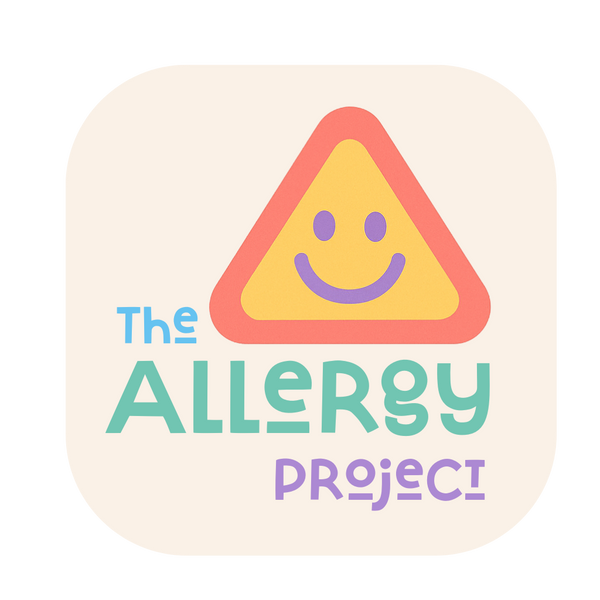If you or your child has a tree nut allergy or a peanut allergy, travelling can feel like navigating a minefield. You might wonder, “Aren’t peanuts and tree nuts the same thing?” The simple answer is: no. And understanding the difference could protect your health and give you peace of mind on your next trip.
👉 What’s the difference between a tree nut allergy and a peanut allergy?
Peanuts are actually legumes, related to beans and lentils. Tree nuts include things like almonds, walnuts, cashews, pistachios and more. Just because someone is allergic to peanuts doesn’t necessarily mean they’re allergic to tree nuts—and vice versa. But here’s where it gets tricky: many food establishments group them together or use the same equipment, which raises the risk of cross-contamination.
👉 Why does this matter when you travel?
In some countries, peanuts and tree nuts are common in everyday cooking. In others, staff may not understand the difference between these allergies. And a language barrier can turn a simple meal into a worrying experience.
✈️ How can you stay safe?
That’s where our allergy travel cards make all the difference. These cards clearly explain your allergy in the local language—whether it’s a peanut allergy, a tree nut allergy, or both. Simply hand the card to your waiter, chef or food vendor. You’ll cut through confusion and reduce your risk in seconds.
➡ View our peanut allergy travel cards
➡ View our tree nut allergy travel cards
➡ Shop all allergy cards here
👉 A simple card can help you:
✅ Avoid foods that could trigger a reaction
✅ Communicate clearly, even if you don’t speak the language
✅ Enjoy your holiday without constant worry
🌍 Whether you’re off to Thailand, France or Mexico, don’t leave home without this small but powerful tool in your wallet.
Final tip: Always pack your medication, research local emergency numbers, and check food labels carefully. But for an extra layer of protection: Get your allergy travel card today so you can focus on enjoying your trip—not worrying about your next meal.

